Bats are fascinating creatures, and some of the rarest species roost in caves around the world. These bats are not only unique in their appearance and behavior but also play crucial roles in their ecosystems, from pollination to insect control. Despite their importance, many of these rare bat species face significant threats from habitat loss and human disturbances. In this list, we explore 19 rare bats that make their homes in caves, highlighting their distinctive characteristics and the challenges they face for survival.
Sulawesi Fruit Bat
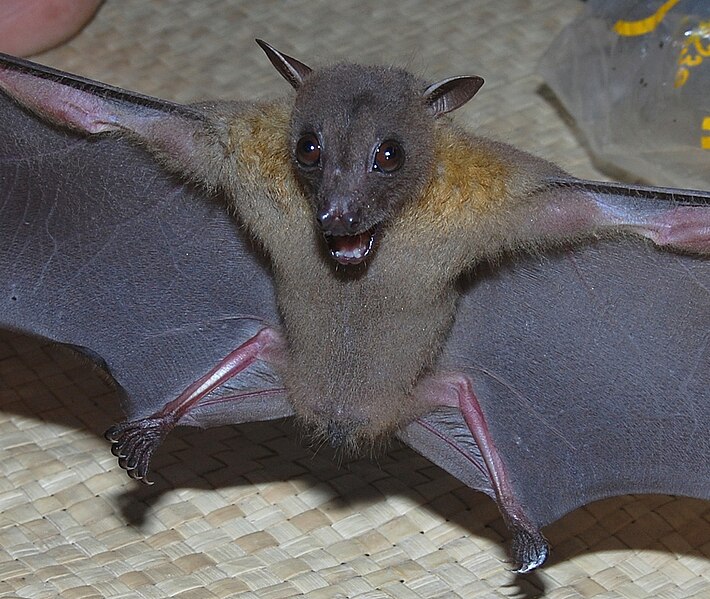
The Sulawesi Fruit Bat is endemic to the island of Sulawesi in Indonesia. These bats have a wingspan that can reach up to 1.2 meters, making them one of the largest fruit bats. They prefer roosting in large cave systems where they can form colonies numbering in the thousands. Their diet mainly consists of fruits, which they help pollinate and disperse seeds for. Unfortunately, habitat loss and hunting have led to a decline in their populations.
Egyptian Fruit Bat
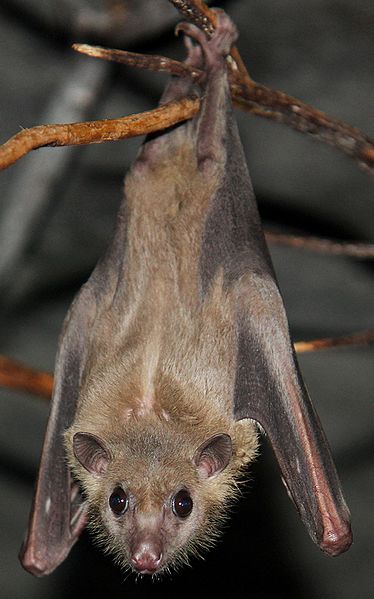
Found in the Middle East and parts of Africa, the Egyptian Fruit Bat is known for its dog-like face. These bats roost in caves and abandoned buildings, often in large colonies. Their diet includes a variety of fruits, which they play a crucial role in pollinating. The bat’s echolocation abilities are relatively weak, relying more on sight to locate food. Conservation efforts are ongoing due to habitat destruction and human disturbances.
Lesser Horseshoe Bat
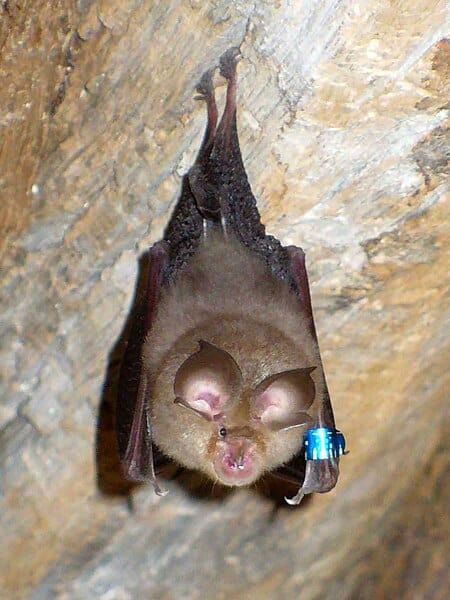
The Lesser Horseshoe Bat is widely distributed across Europe and parts of Asia. It gets its name from the horseshoe-shaped structure around its nose, which aids in echolocation. These small bats prefer roosting in limestone caves, mines, and old buildings. They feed primarily on insects, which they catch in flight using their agile flying skills. Despite being widespread, they are considered vulnerable due to habitat loss.
Mexican Long-tongued Bat
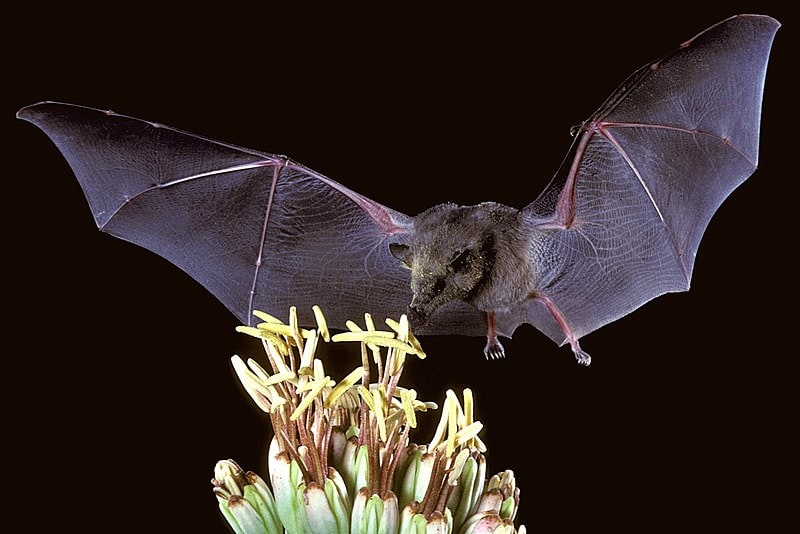
This species is found from the southwestern United States to Central America. The Mexican Long-tongued Bat is easily recognized by its elongated snout and long tongue, adapted for feeding on nectar. These bats roost in caves, abandoned mines, and rock crevices, often in small groups. They play a vital role in pollinating various plants, including cacti. However, their populations are threatened by habitat destruction and human activities.
Geoffroy’s Rousette
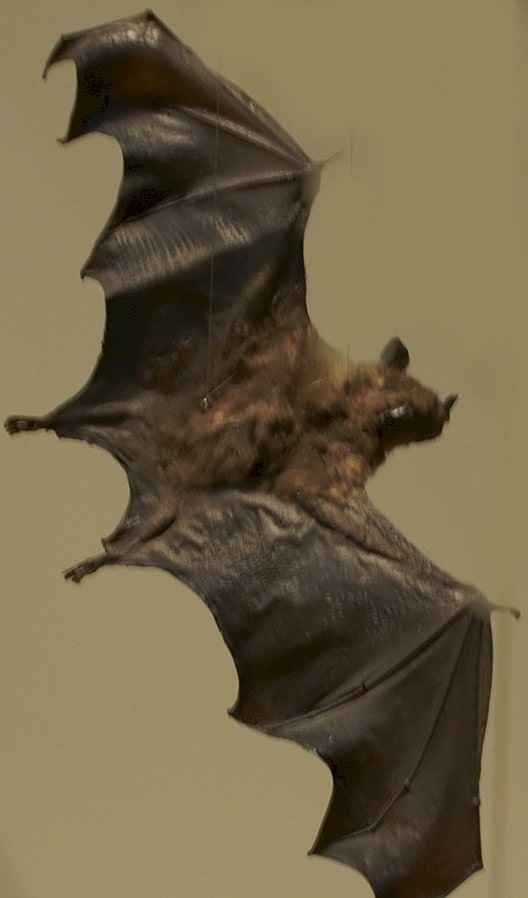
Geoffroy’s Rousette is native to Southeast Asia and parts of Oceania. This medium-sized fruit bat prefers roosting in caves, where it forms colonies that can number in the hundreds. They have a diet consisting mainly of fruits and flowers, contributing to seed dispersal and pollination. Their keen sense of smell and sight helps them locate food. Habitat destruction poses a significant threat to their populations.
Natalus Tumidirostris
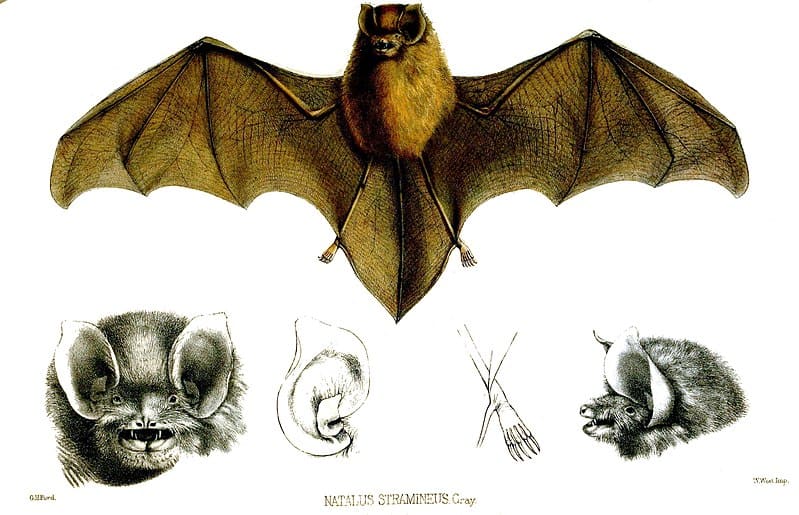
Known as the Funnel-eared Bat, Natalus Tumidirostris is found in Central and South America. These small bats roost in humid caves and are named for their unique funnel-shaped ears. They feed on insects and small arthropods, using their echolocation abilities to hunt. The species is considered rare due to its limited distribution and specific roosting requirements. Conservation measures are needed to protect their habitats.
Long-fingered Bat
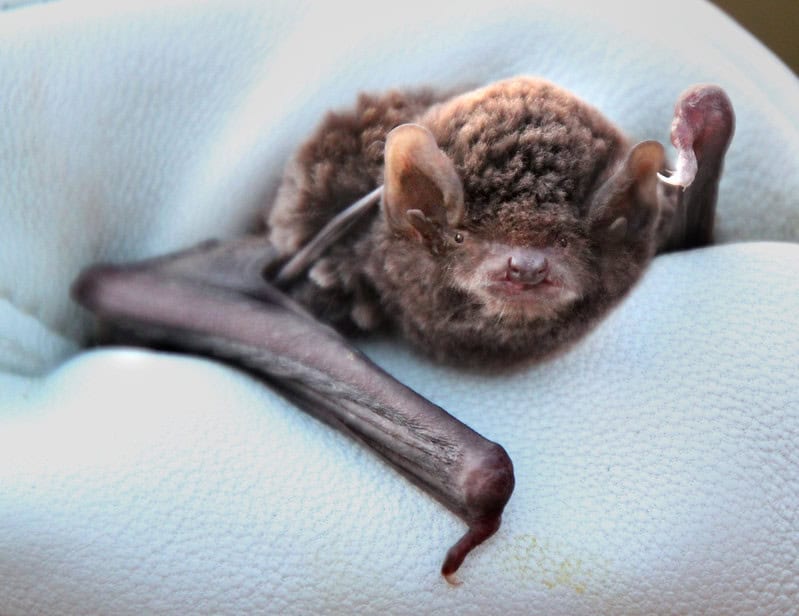
The Long-fingered Bat, native to Europe and North Africa, is named for its elongated third finger. These bats roost in caves, tunnels, and old buildings, forming small colonies. They primarily feed on insects, which they catch in mid-air using their impressive flying skills. Habitat destruction and disturbance from tourism in caves have led to a decline in their populations. Efforts are underway to protect their roosting sites.
Bechstein’s Bat
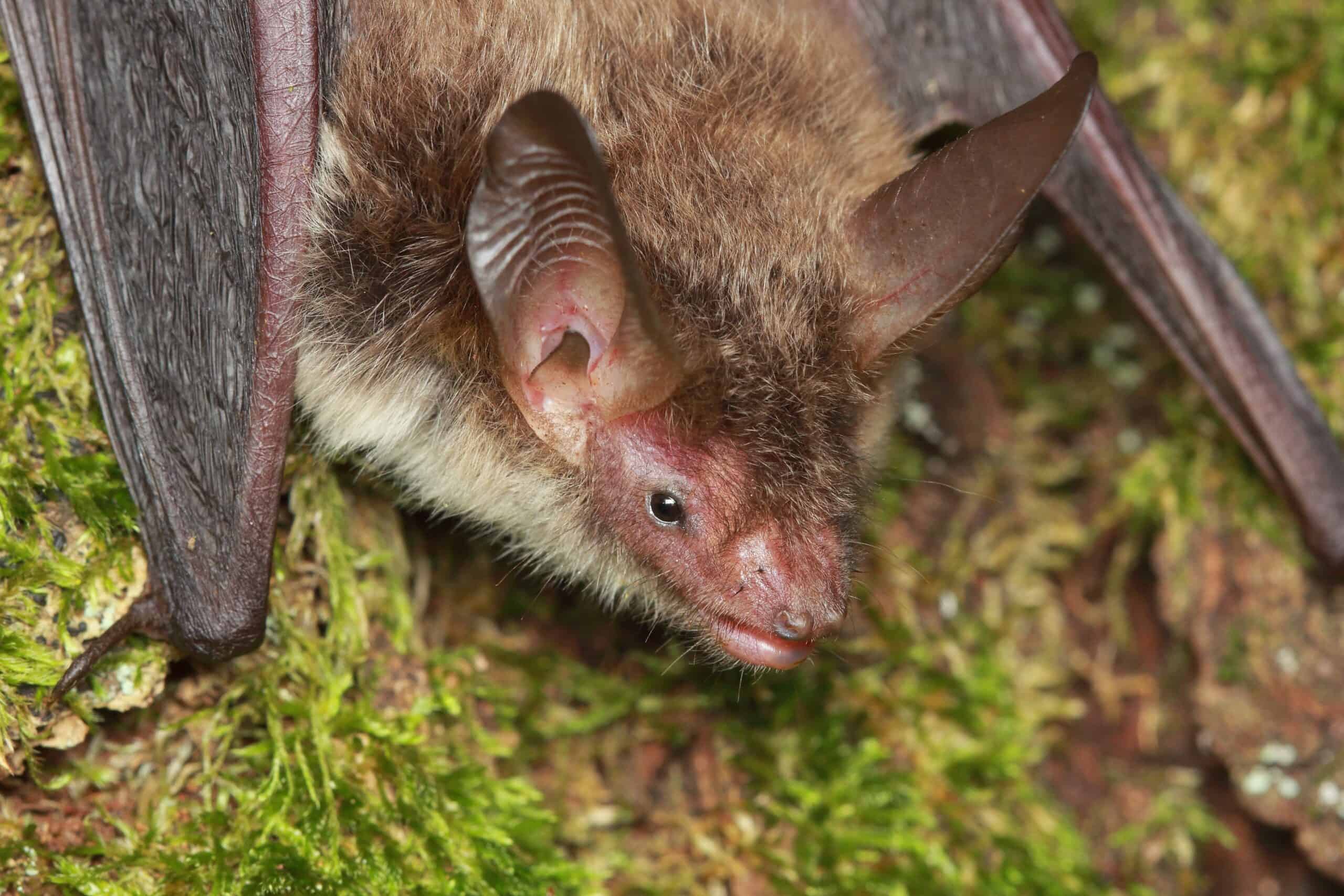
Bechstein’s Bat is found in Europe, preferring old-growth forests near cave systems. These medium-sized bats roost in tree cavities and caves, often in small, stable colonies. They feed on a variety of insects, including beetles and moths. Due to their specific habitat requirements, they are highly vulnerable to deforestation and habitat fragmentation. Conservation programs focus on preserving their forest and cave habitats.
Philippine Tube-nosed Fruit Bat
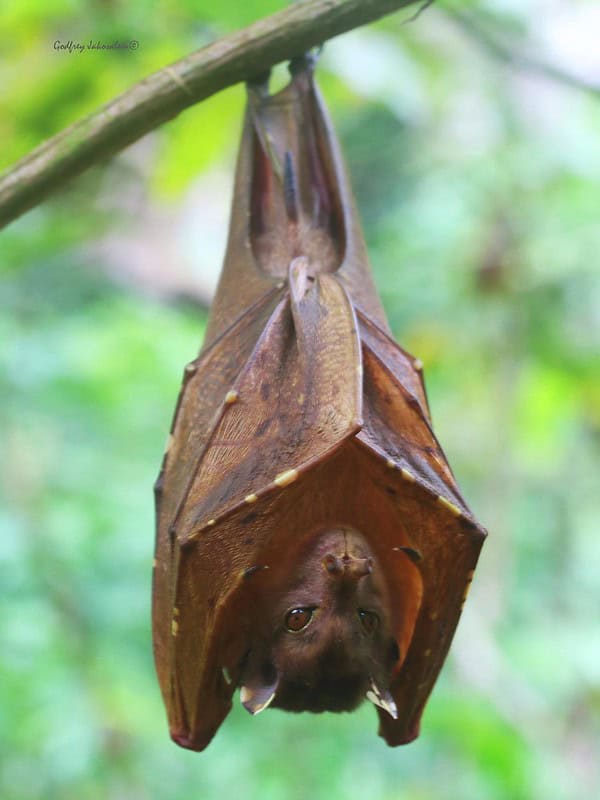
Endemic to the Philippines, the Philippine Tube-nosed Fruit Bat has distinctive tubular nostrils. These bats roost in caves, hollow trees, and banana plants. Their diet mainly consists of fruits and nectar, playing a crucial role in forest regeneration. They are considered vulnerable due to habitat destruction and hunting. Conservation efforts are essential to protect their dwindling populations.
Wrinkle-lipped Free-tailed Bat
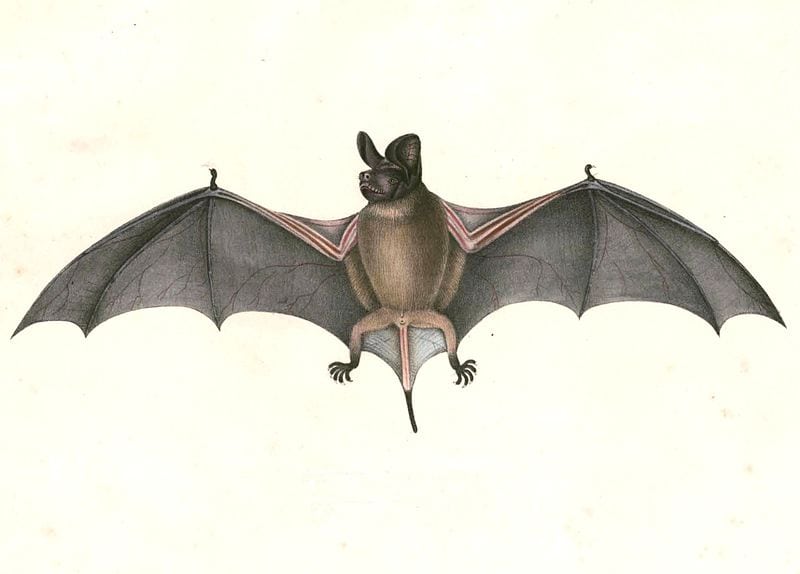
This bat species is found across Southeast Asia and parts of India. The Wrinkle-lipped Free-tailed Bat is named for the wrinkled appearance of its upper lip. These bats roost in large colonies in caves, sometimes numbering in the thousands. They feed on insects, particularly moths, which they hunt using echolocation. Human activities and habitat loss threaten their populations, requiring protective measures.
Golden-capped Fruit Bat
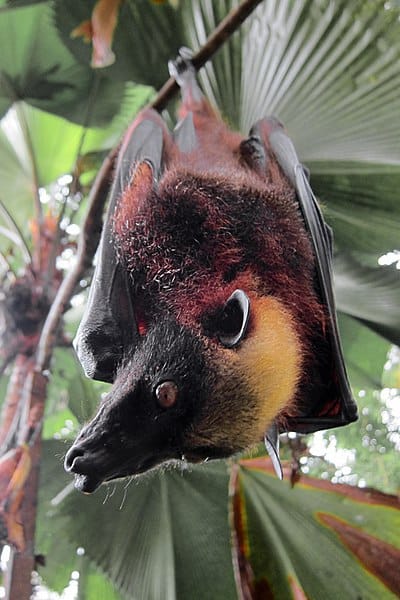
The Golden-capped Fruit Bat, also known as the Giant Golden-crowned Flying Fox, is found in the Philippines. These large bats have a striking golden fur on their heads and roost in caves and forest canopies. They primarily feed on fruits and flowers, aiding in pollination and seed dispersal. Their populations are critically endangered due to habitat destruction and hunting. Conservation actions are crucial for their survival.
Egyptian Tomb Bat
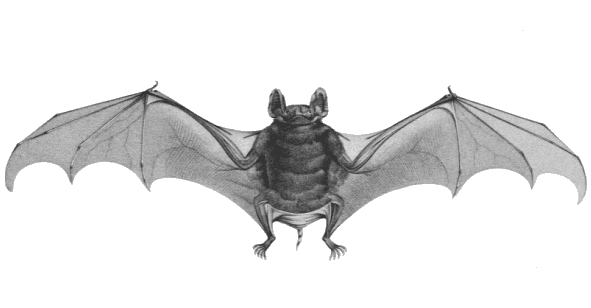
The Egyptian Tomb Bat is found in arid regions of Africa and the Middle East. These bats roost in caves, rock crevices, and old buildings, often near water sources. They feed on insects and small vertebrates, using echolocation to locate prey. Their name comes from their frequent presence in ancient tombs and ruins. Habitat disturbance and human encroachment pose significant threats to their populations.
Peters’ Dwarf Epauletted Fruit Bat
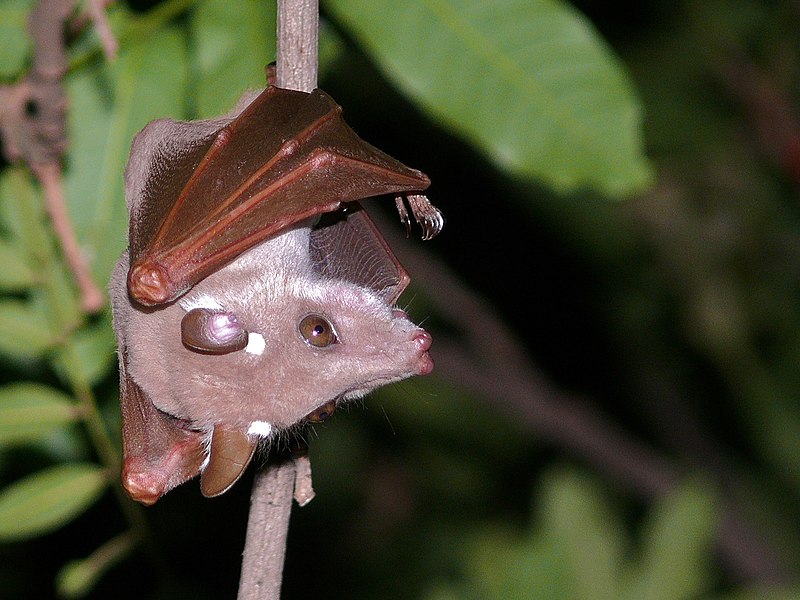
Native to East Africa, Peters’ Dwarf Epauletted Fruit Bat roosts in caves, hollow trees, and buildings. These small bats are known for the distinctive white epaulettes on their shoulders. They feed on a variety of fruits and play a role in seed dispersal. Habitat loss and hunting have led to a decline in their numbers. Conservation efforts focus on protecting their roosting sites and food sources.
Spix’s Disk-winged Bat
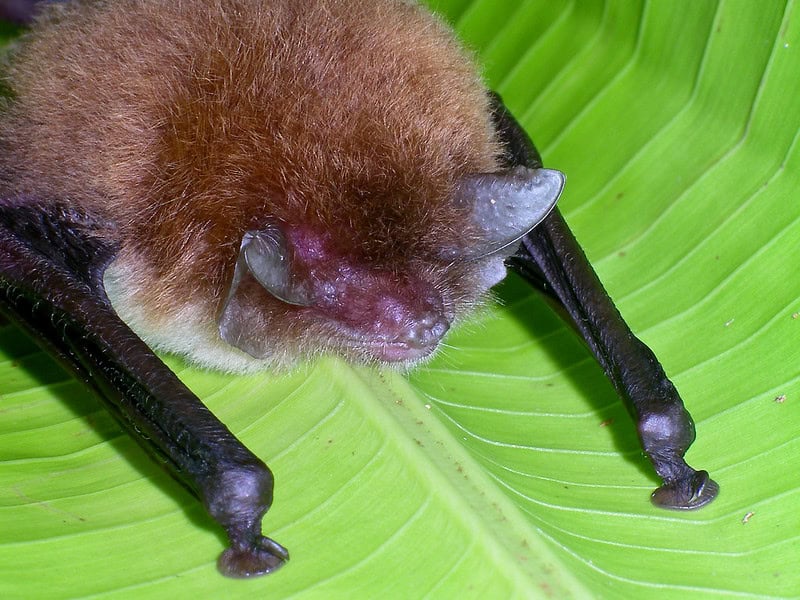
Spix’s Disk-winged Bat is found in Central and South America. These small bats have suction cups on their wings and feet, allowing them to cling to smooth surfaces. They roost in rolled-up leaves and occasionally in caves. Their diet consists mainly of insects, which they catch using echolocation. The species is considered rare due to its specific habitat requirements and limited distribution.
Gray-headed Flying Fox
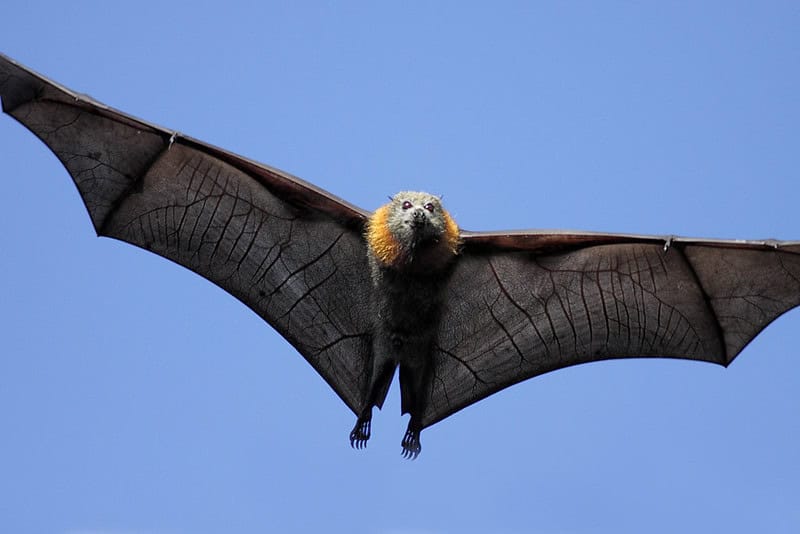
The Gray-headed Flying Fox is native to Australia and roosts in large colonies in caves and forest canopies. These bats have a distinctive gray head and feed on nectar, pollen, and fruits. They play a vital role in pollination and seed dispersal. Habitat loss and hunting have significantly impacted their populations. Conservation programs aim to protect their roosting sites and food sources.
New Zealand Long-tailed Bat
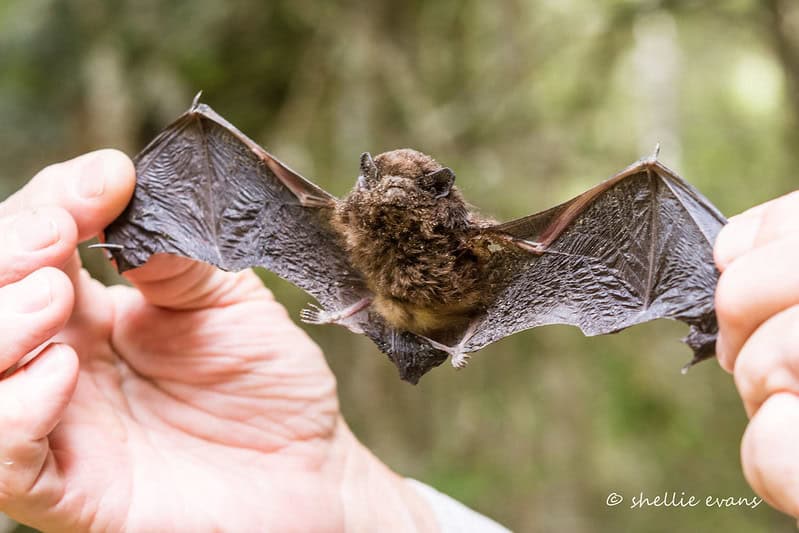
Endemic to New Zealand, the New Zealand Long-tailed Bat roosts in caves, tree cavities, and buildings. These small bats have a long tail that extends beyond the membrane. They feed on insects, using echolocation to hunt. The species is threatened by habitat destruction and introduced predators. Conservation efforts focus on habitat protection and predator control.
Livingstone’s Fruit Bat
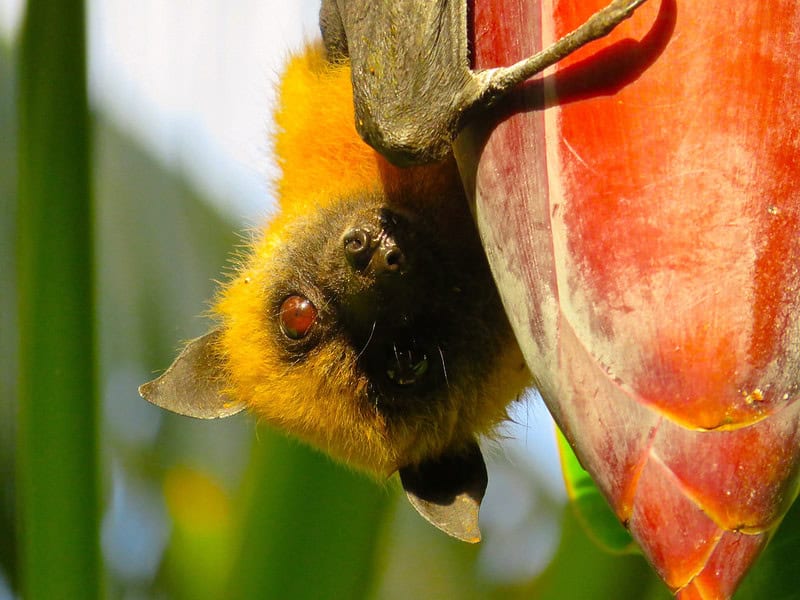
Livingstone’s Fruit Bat is found in the Comoros Islands. These large bats roost in caves and forest canopies, often forming small colonies. They feed on fruits and flowers, contributing to pollination and seed dispersal. Habitat loss and hunting have led to a decline in their populations. Conservation programs are essential to protect their habitats and ensure their survival.
Blossom Bat
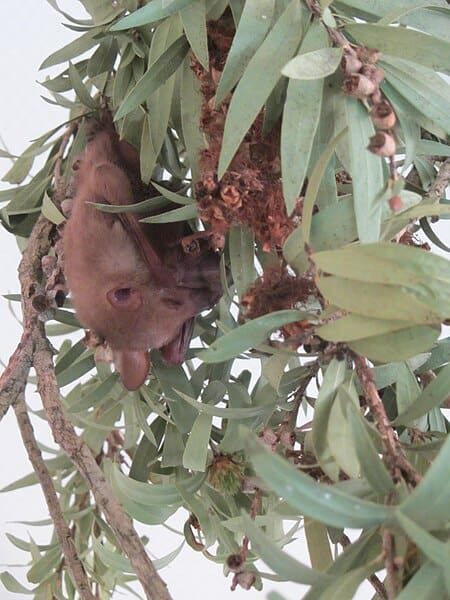
The Blossom Bat is native to Australia and roosts in caves, hollow trees, and rock crevices. These small bats have a distinctive pink nose and feed on nectar and pollen. They play a crucial role in pollinating native plants. Habitat destruction and human activities pose significant threats to their populations. Efforts are underway to protect their roosting sites and food sources.
Greater Mouse-eared Bat
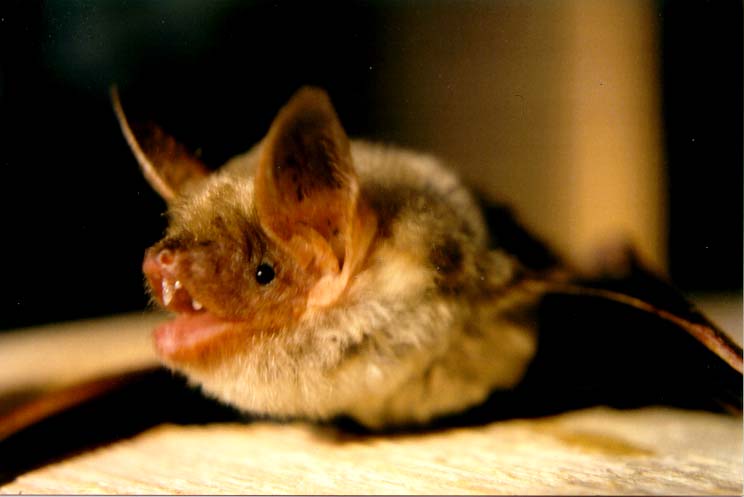
The Greater Mouse-eared Bat is found across Europe and roosts in caves, mines, and old buildings. These medium-sized bats feed on insects, particularly beetles, and moths. They use echolocation to hunt and navigate in the dark. Habitat loss and disturbance from tourism have led to a decline in their populations. Conservation programs aim to protect their roosting sites and ensure their survival.
This article originally appeared on Rarest.org.
More From Rarest.Org
15 Unique Species of Sea Turtles
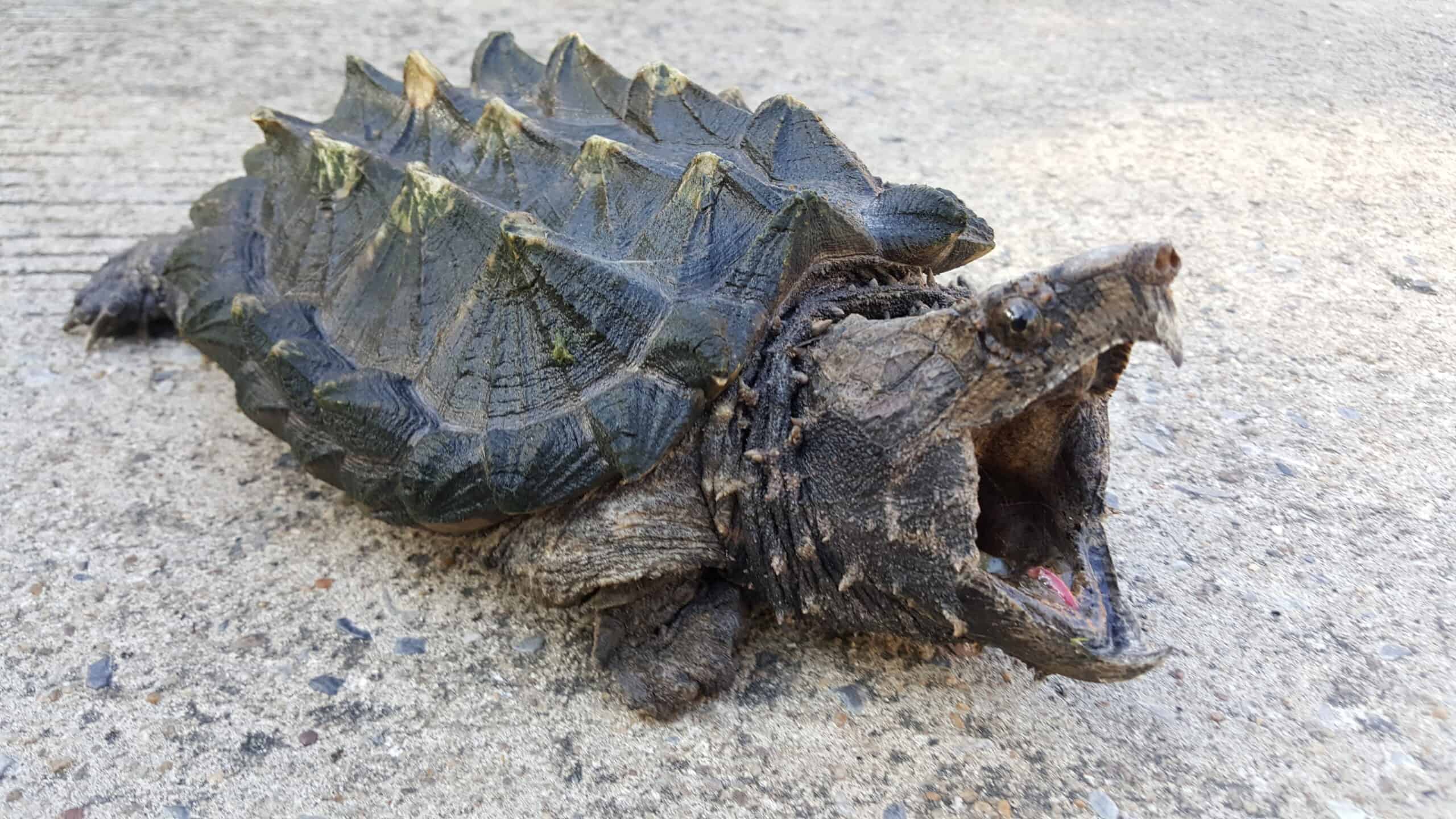
Sea turtles are fascinating marine creatures known for their diverse species and unique characteristics. Each species plays a crucial role in maintaining the health of marine ecosystems. Read more.
20 Most Luxurious Shoe Brands Globally

Luxury shoes are more than just footwear; they are a statement of style and elegance. This list highlights the most luxurious shoe brands globally, known for their exquisite craftsmanship and iconic designs. Read more.
15 High-End Vacation Destinations for the Elite

Looking for a luxurious getaway? Here are some top destinations that promise exclusivity and unparalleled beauty. From pristine beaches to lavish resorts, these locations offer an escape like no other. Each destination provides a unique blend of culture, luxury, and relaxation. Read more.
